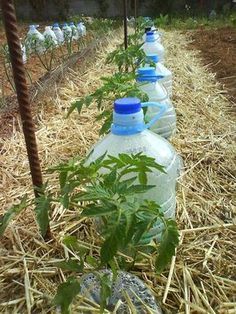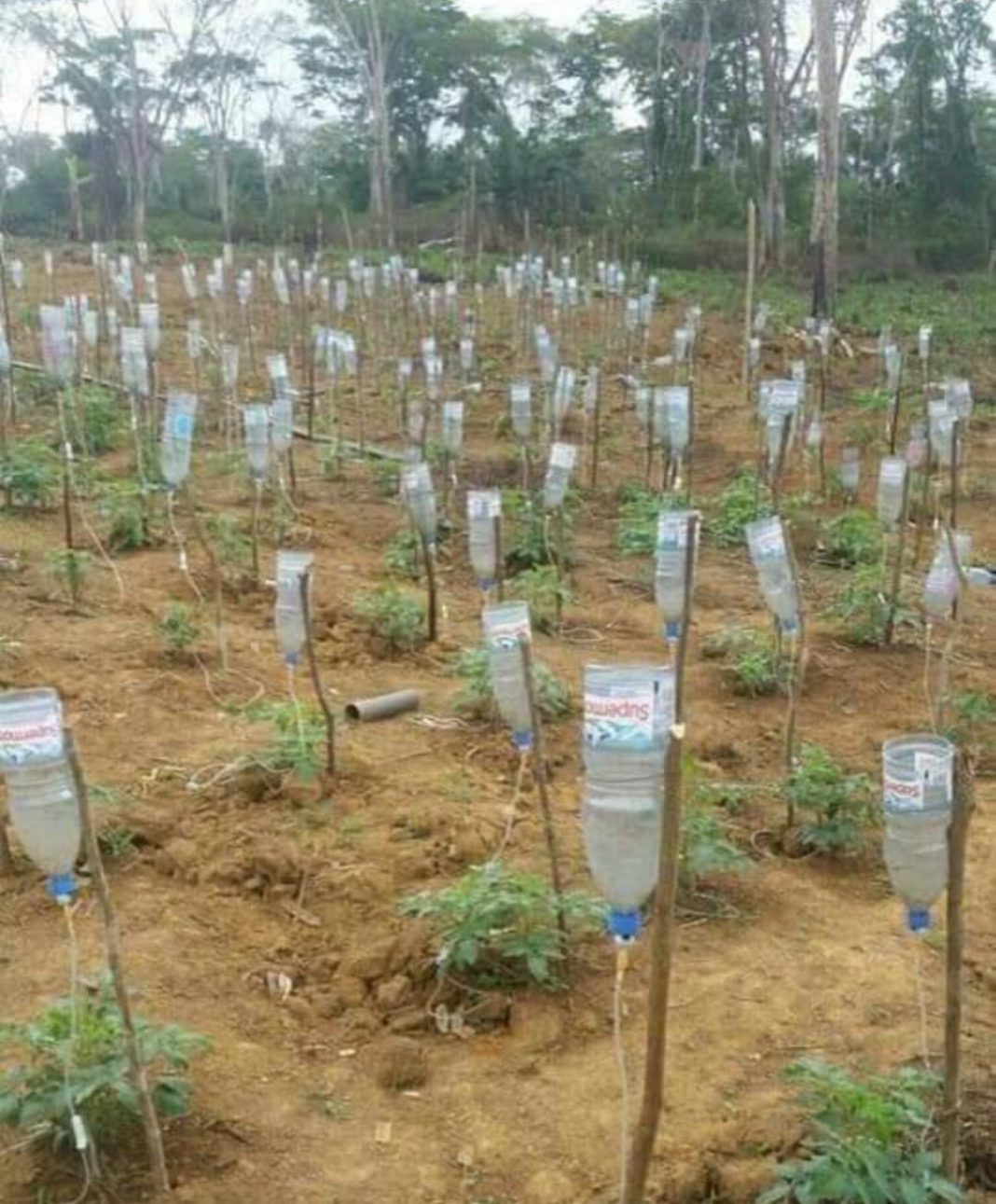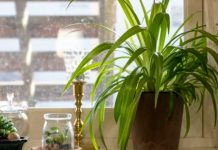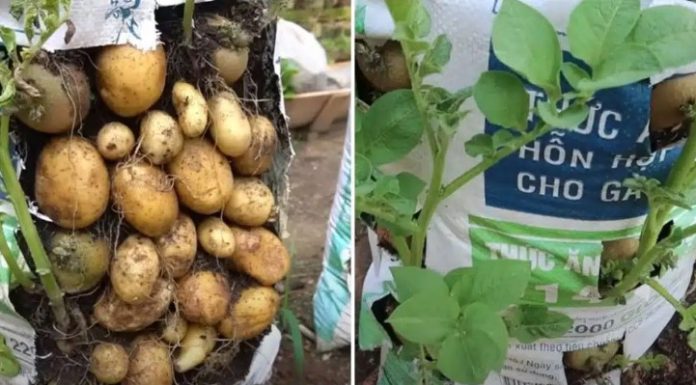Are you looking for a sustainable and worry-free way to keep your plants hydrated? Look no further! Here’s a step-by-step guide to creating your very own home and automatic drip irrigation system using simple materials you likely already have. This eco-friendly solution not only recycles disposable materials but also ensures efficient water usage and can provide up to three days of autonomous irrigation.
Method 1: Automatic Drip System Using a Plastic Bottle and Rope
Materials Needed:
- 1 empty 2-liter plastic bottle
- 1 rope, approximately 40 centimeters in length
- 1 IV spike (the type used in medical IV bags)
- 1 roller clamp (also from an IV set)
- Scissors or a sharp knife
Instructions:
- Start by cutting the bottom of your plastic bottle around 80% of its perimeter to create an opening.
- Make two opposing holes just below the cut level.
- Thread each end of the rope through these holes and tie a knot inside the bottle to secure it.
- Next, make a hole in the cap of the bottle, ensuring it’s slightly smaller than the diameter of the IV spike.
- Insert the spike into the hole you’ve just made in the cap.
- Hang the bottle above the plant that needs watering and fill it with water.
- Use the roller clamp to adjust the flow rate according to your needs.
- A 2-liter bottle filled with water should be sufficient to irrigate your plant for approximately two days.

Method 2: Self-Watering System for Plants Using Waste Plastic Bottles
Materials Needed:
- Empty plastic bottles
- Cotton or polyester rope
- Scissors
- Knife or screwdriver
- A small soldering iron or a heated metal rod

Instructions:
- Begin by using a soldering iron to carefully create holes in the sides of the bottle to house the ropes.
- Cut the ropes into 25 cm lengths and insert them into the holes you’ve made.
- Use scissors to cut an ‘X’ shape at the point where you want to insert a hose for water replenishment.
- This system is designed so that when you remove the hose, the hole seals shut, preventing the entry of insects like mosquitoes.
- Place these bottles in your garden, for example, amongst cabbages, and set the drip rate to approximately 15 seconds.
- This method is particularly useful in areas with water scarcity as it offers a viable alternative to traditional irrigation and helps conserve water.
By following these easy methods, you can set up a home and automatic drip irrigation system that will ensure your plants receive the right amount of water even when you’re not around to care for them. This DIY approach not only helps save water but also repurposes plastic bottles, making your gardening efforts both eco-friendly and efficient.










